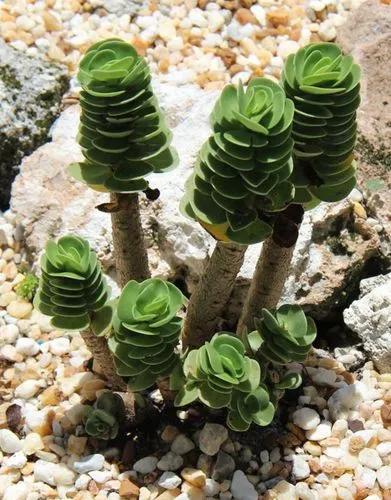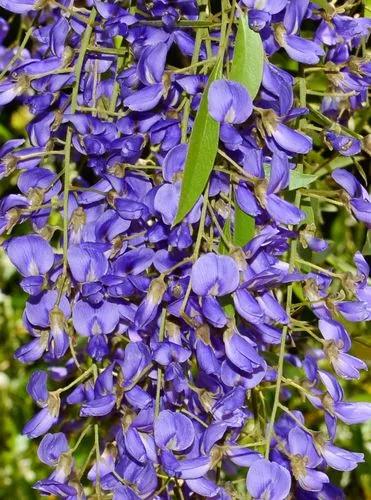Shamrock Plants are greenies for the greenest time of the year – St Patrick’s day. These clover-resembling compact plants pop up in stores for people to get some luck! Everyone is lucky with a Shamrock Plant in at least one way – these pretty houseplants make zero fuss.
Shamrock plants Care
Oxalis regnelli



Shamrock plants are tiny, reaching 6 inches (15 cm) in height. They have lush, clover-shaped leaves that come in various shades and produce charming small 5-petaled flowers in spring and summer. Whether these will be white, pink, or red depends on the exact species.
If you’ve got a Shamrock, remember that these greenies have an unusual timetable. They go dormant in summer. The leaves die back, and the plant will stay dead-like for a few weeks to several months. When that happens, put it in a cool place with limited sunlight, avoid fertilizing, and reduce watering. When the new shoots eventually appear, move the plant to a brighter place.
How to Care for the Plant

Water

Pinch the top soil one inch (2.5 cm) deep. If you feel that the soil is dry, it’s time to give your plant a sip.

Pruning

It is important because damaged leaves and stems can actually be an energy drain on your plant. By removing those dead parts, you're taking some of that work off your plant’s plate and allowing it to divert its energy into healthy leaves and new growth!

Fertilizer

Feed with a balanced fertilizer once every 2-3 weeks during the flowering period. Do not fertilize the plant when it’s dormant.

Sunlight

Bright and indirect light is best for Shamrocks. You might get a plant with burned leaves if you leave it under the scorching sun. It's best to put your luck-bringing greenie next to an east-facing window.

Soil

An all-purpose potting mix is just fine for a Shamrock.

Propagation

Shamrock plants can be propagated by division.
- Carefully remove the plant from the pot
- Gently divide the rhizomes. It shouldn’t be a problem; they’re not connected to each other.
- Plant the rhizomes in a new container with well-drained soil. The pointed ends of the rhizome should be facing upwards.
- Cover them with a thin layer of soil and water.

Temperature

Shamrock plants grow best in cool temperatures between 60-70°F (15-21°C) during the day and 55-65°(12-18°C) at night.

Container

Shamrock plants aren’t picky with containers. Just choose one that has drainage holes.

Fun fact

Shamrock plants fold the leaves at night and open up with the morning sun.

Popularity

1,201 people already have this plant 318 people have added this plant to their wishlists
Discover more plants with the list below
Popular articles






